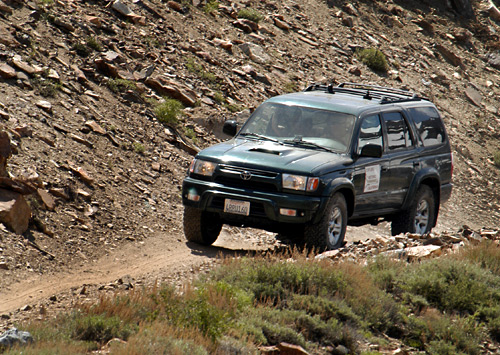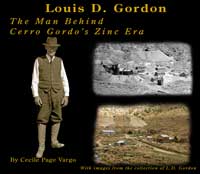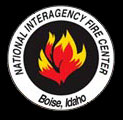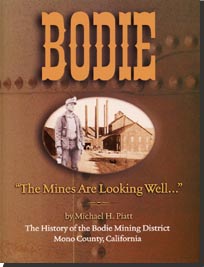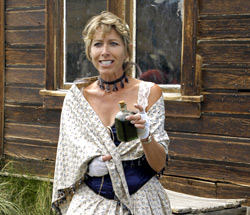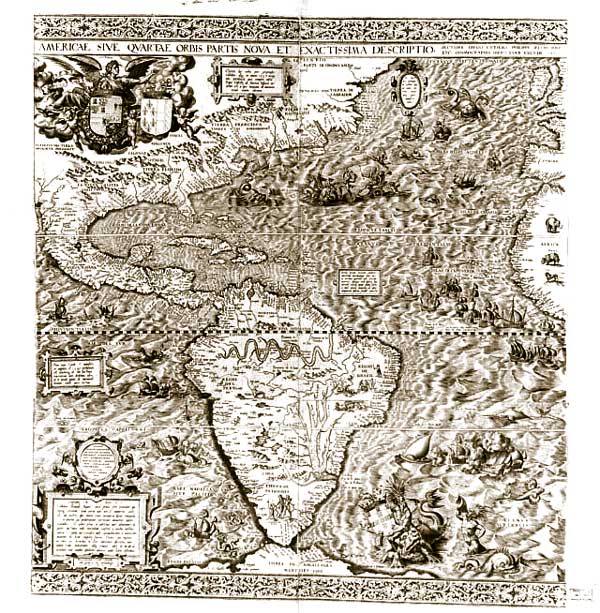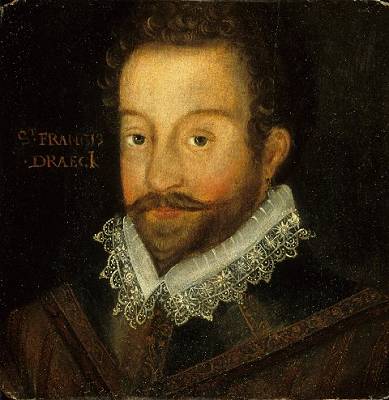|
|

|
Digging Up California's Past by Cecile Page Vargo |
|||||||||||||||||||||||||||||||||||||||||||||||||||||||||||||||||||||
|
Introduction: I Saw Three Ships A Sailing Into History In the grayness of a June gloom May day, I looked outside my window and pondered over days of yore. The fog lifted for a brief moment and I swear I could see to the ocean right here from my Los Angeles foothill home. Three old time ships were sailing, close enough that I could touch them. I soon found myself transported to a rough cut, 12 man canoe, with brownish/red skinned comrades clad in local animal hides which resisted the splashes of the salty water and kept them warm and dry at the same time. A primitive paddle was handed to me, and I took my turn with the other 12, who had squeezed closer together to make room for me. More often than not, the strong cold winds and the crashing waves naturally drifted us closer as the ships and their great white sails grew larger and larger before our very eyes.
The natives around me talked excitedly, in a tongue unfamiliar to me. There was much shouting and waving and excitement from the three ships, as well, and the language had a common sound that I knew almost as well as my own. We braced ourselves for a light impact as the canoe approached the largest of the sails. The wind changed and the waves temporarily turned us away from each other. As we frantically rowed to recover our position, I got a glimpse of the letters engraved on the ships hull: S A N S A L V A D O R I knew in an instant that I was about to grab the hand of a courageous and honorable navigator, and pulled further back into history than I had ever imagined possible…. Part I: Ships In Search of A Golden Land
Thus wrote Garcia Ordonez de Montalvo in The Adventures of Esplandiam, which was published in Madrid, Spain, in 1510. This romantic science fiction novel more than likely inspired the Spanish conquest of the golden state of California, although they were slow about doing so. In spite of the promise of Amazon women and gold riches, it would be another 25 years before Hernando Cortez would land in and explore the area we now know as Baja California. Another seven years would go by before attempts were made to reach Alta California. On June 27, 1542, under Spanish direction, the noted Portuguese seaman and navigator of great courage and honor, Juan Rodriguez Cabrillo set sail from Navidad, Mexico. Three ships were under his command: the San Salvador, the Victoria and the San Miguel. Carbrillo himself took control of the San Salvador. His partner Bartolome’ Ferror piloted the Victoria, and the small brigantine, San Miguel was under the command of Antonio Correa. The population of the three ships swelled to over two hundred.
The tiny ships sailed north on uncharted waters along the coast of what is now modern day California. Cabrillo hoped to find the Straight of Anian, otherwise known as the Northwest Passage, which supposedly joined the South Sea to the Atlantic. Visions of gold and silver from legends such as those written by Montalvo, were also in the explorers head. With the winds unfavorably against them the Cabrillo expedition took three months to reach San Diego Bay. A few weeks later they would quickly discover San Pedro, Santa Monica, Ventura, Catalina Island , and on to Santa Barbara Channel Island.
During the voyage canoes of Indians greeted them. At Point Conception more ill winds forced them out to sea. The ships returned to the coast of Point Reyes and down to Monterey, missing San Francisco altogether. Cabrillo anchored at San Miguel Island on November 23, 1542, and wintered there. During the course of his stay, Cabrillo broke one of his limbs, possibly during an Indian skirmish.. The infection from the injury caused his death on January 3, 1543. Bartolome Ferror took over from here, and may have sailed as far as Southern Oregon before turning back to Navidad. While Cabrillo would go down in history as the discoverer of the golden land of California, he only succeeded in convincing his Spanish superiors that “neither wealthy nations, nor navigable passage” existed between the Atlantic and Pacific Ocean from the New World north of Mexico. The land would remain ignored until the renowned Englishman, Sir Francis Drake arrived. In 1578, Drake would come to the Pacific Ocean by way of Cape Horn. He was aboard a 100-ton schooner known as the Golden Hind, in search of a passage to Asia and great treasures. Reportedly full of looted Spanish treasures, the Hind harbored at Drake’s or Bodega Bay just north of San Francisco Bay, on June 17th, and left on July 23rd, never returning to the area.
The brief British invasion on California sparked Spain’s interest once again, and other explorers would slowly follow. There would be expeditions in 1584 by Francisco Gali, and in 1595 by Sebastian Rodriguez Cermeno, each traveling a little further north along the coast. Sebastian Vizcaino sailed three ships along the coast as far as Cape Mendocino in 1602, surveying much of Upper California as he went along. From San Diego to Monterey, Viscaino’s legacy lives on in the names that he chose to replace the original one’s chosen by Cabrillo. For the next 150 years or so, the mythical land of Amazon women and gold would remain dormant except for the relatively peaceful native Indians. Missionaries and miners would eventually come back to conquer the land, and discover the riches. Bibliography A
World Transformed |
||||||||||||||||||||||||||||||||||||||||||||||||||||||||||||||||||||||
|
Time to Renew Your Campfire Permit |
||||||||||||||||||||||||||||||||||||||||||||||||||||||||||||||||||||||
|
It's a new year and time to renew your California campfire permit. In California, campfire permits are issued for a calendar year (January 1-December 31). The permits are free and are valid on all public lands throughout California. According to the U.S. Forest Service, regulations governing campfires can change with weather conditions and the seasons. To protect yourself and the forest, before each visit, check with the Forest Service for current campfire restrictions. If you smoke outside a vehicle, be sure you do so within a cleared area at least three feet in diameter. Smoking outside of an enclosed vehicle may be completely prohibited during times of high fire danger. Permits are available at most Forest Service, Bureau of Land Management, National Park Service and California State Park offices. Click on the sample permit below for more information on campfire permits. |
||||||||||||||||||||||||||||||||||||||||||||||||||||||||||||||||||||||

